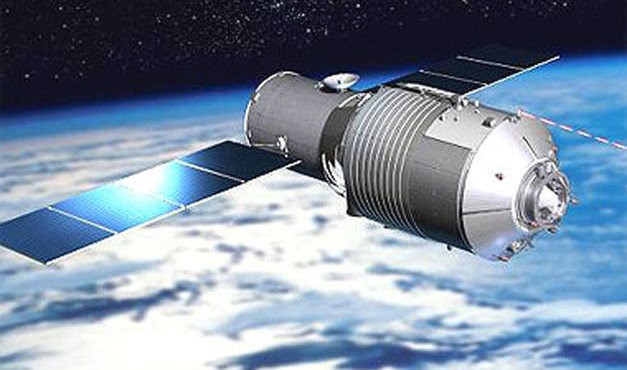Description

Disclaimer: Copyright infringement not intended.
Context
- The Indian Space Research Organisation said it successfully carried out an “extremely challenging” controlled re-entry experiment of the decommissioned orbiting Megha-Tropiques-1 (MT-1) satellite.
Details
- The Indian Space Research Organisation brought down a satellite in a controlled manner after its end of life, for the first time earlier this week.
- The weather satellite Megha Tropiques-1, which was developed as a joint mission by Indian and French space agencies, entered the atmosphere after the final two manoeuvres and burnt up over the Pacific Ocean.
Controlled re-entries involve de-orbiting to very low altitudes to ensure impact occurs within a targeted safe zone.
.jpeg)
How was the satellite brought down?
- The Megha Tropiques satellite was launched aboard a PSLV by the space agency in 2011.
- And, although the planned mission life of the satellite was only three years, it continued providing data on water cycle and energy exchanges in the tropics for nearly a decade.
- With over 120kgs of fuel remaining in the satellite even after being decommissioned, the space agency determined that there was enough to attempt a controlled re-entry, where a series of 20 manoeuvres over eight months lowered the orbit of the satellite such that it re-entered the dense atmosphere and burned up.
- This was the first time that the space agency attempted such a manoeuvre to clear out space debris despite the satellite not being built to do so.
- The re-entry was not really planned as part of the mission; there was fuel left so ISRO attempted it.
- Usually, satellites are left in their orbit and because of the gravitational pull of the earth, they come down to the atmosphere over years and years.
- When the satellites re-enter the atmosphere, the friction causes it to heat up to extreme high temperatures of thousands of degrees Celsius.
- Without a heat shield, 99% of a satellite gets burnt up whether in a controlled re-entry or an uncontrolled one.
Why did ISRO attempt a controlled re-entry?
- Other than extra fuel conveniently remaining in the satellite after the mission life ended, ISRO attempted the control re-entry to demonstrate and understand the process of doing so.
- With several space fairing nations and private entities launching satellites, mostly in low earth orbits, it has become imperative to keep the space clean. There are thousands of objects flying around in these orbits; not just old satellites and their parts but also last stages of the rockets that take them there. Moving at extremely high speeds, even the smallest debris can destroy active satellites.

Further details
- A controlled re-entry like the one attempted by ISRO is possible only for satellites in the low-earth orbit – at about 1,000 kms over the surface of the earth. These manoeuvres, however, are not usually attempted because fuel reserves have to be maintained in the satellite after mission life is over.
- And, this is impossible for satellites placed in geo-stationary or geosynchronous orbit – where time taken by the satellite to orbit the earth matches Earth’s rotation – because they are at altitudes of nearly 36,000 kms. “For attempting to bring down a satellite from such as orbit, a huge fuel reserve would be needed. This will only make the satellite heavier and costlier at launch.
- Considering it takes debris from the low earth orbit 20 to 30 years to fall to the atmosphere naturally, it would take generations for those in geosynchronous or geo-stationary orbits to fall.
So, what happens to satellites in these higher orbits?
- They are usually moved to what is known as graveyard orbit. Instead of bringing them down, they are shot upwards at the end of life.
- These orbits are like parking lots in space where all old satellites are put in. Sometimes a satellite might escape to deep space as well.
- A satellite escapes to deep space when its velocity increases enough to get away from the gravitational pull of the earth.
Significance
- The controlled re-entry exercise bore testimony to India’s continued efforts towards ensuring the long-term sustainability of outer space activities.
|
MAINS PRACTICE QUESTION
Q. What is the role of Controlled Re-entry of Satellite in Space Debris Mitigation Exercise? Explain.
|

https://indianexpress.com/article/explained/explained-sci-tech/isro-brings-down-weather-satellite-controlled-re-entry-8489195/











